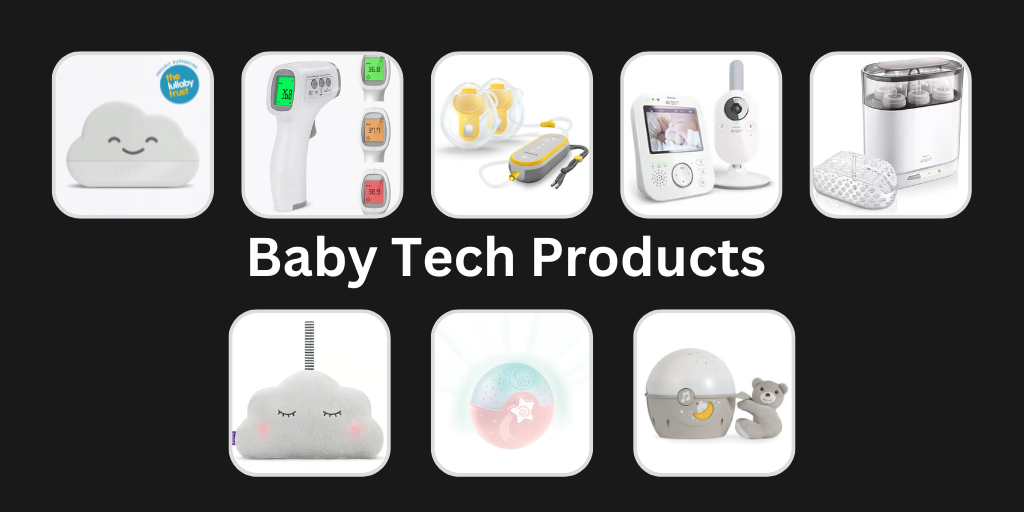New Sophos Study Reveals Security Misperceptions between IT Leaders and Front-line IT Pros in the NHS, Education and Government.
A new survey from Sophos (LSE: SOPH), a global leader in next-generation cyber security, has uncovered a significant risk awareness gap between IT leaders like CIOs and CISOs who are charged with protecting the UK’s public sector organizations and their front line IT teams. Some of these gaps have a direct impact on IT security. Among the most critical differences, a worrying 55 percent of public sector IT leaders believe their organization’s digital data is less valuable than that of the private sector, despite the fact that they handle highly sensitive, confidential, personal, and government information. This could result in the under-protection of digital data, and sits at odds with the fact that IT leaders consistently rate their organization’s threat level and risk as higher and wider than those dealing with every day IT issues.
The survey questioned staff ranging from the most senior C-suite to front line IT teams in the NHS, education and government sectors.
“The kind of data held by public sector organizations could cause extensive harm if exposed to cyber attackers. Sensitive data for up to 66 million UK citizens could become available to the highest bidder on the dark web or among other criminal groups that buy and sells personally identifiable information (PII) like names, addresses, National Insurance numbers, tax returns, confidential medical records, passport details, and more. Cyber criminals can then use this data for spear-phishing, identity theft, breaching networks, or extortion,” said Jonathan Lee, UK director of Public Sector Relations at Sophos. “Data relating to the nation’s strategic intelligence and defense, such as surveillance records and tactical plans, is also at risk and could have catastrophic consequences for national security if leaked.”
Other differences revealed in the study include:
- Three quarters (76 percent) of senior IT leaders said their organization had been affected by a ransomware incident over the past year – while only 16 percent of IT practitioners were aware of such an incident
- Many IT leaders (45 percent) said that there had been a large increase in IT security incidents and a similar number (38 percent) said the same about actual breaches – compared to a far lower four and eight percent, respectively, among IT practitioners
This concern is reinforced by the fact that 36 percent of IT leaders say that recruiting and retaining cyber security professionals is the single greatest challenge to the organization’s IT security, while front line IT professionals don’t appear to feel under-resourced, with just 14 percent of them concerned about the lack of such skills.
“Our survey results show that there is a real chasm in perception about security issues between different IT-related roles across the UK public sector,” added Lee. “Whatever the reasons behind it, the end result could be that organizations misunderstand and therefore fail to adequately prepare for the actual level of risk faced by the organization. Better communication across teams, more effective knowledge sharing and clearly defined processes are essential if we are to make the UK public sector as secure as it needs to be. This should be complemented by security solutions that provide clear and accurate data on the number of cyber threats and attempted attacks. High performing, multi-layer security products – such as Intercept X – that can be centrally managed and are simple and easy to use are vital to defending the UK’s public sector from cyber threats.”
The research was conducted among more than 780 UK public sector IT professionals who work primarily in either the NHS, education or central or local government. The interviews were conducted online by Sapio Research in September 2019










